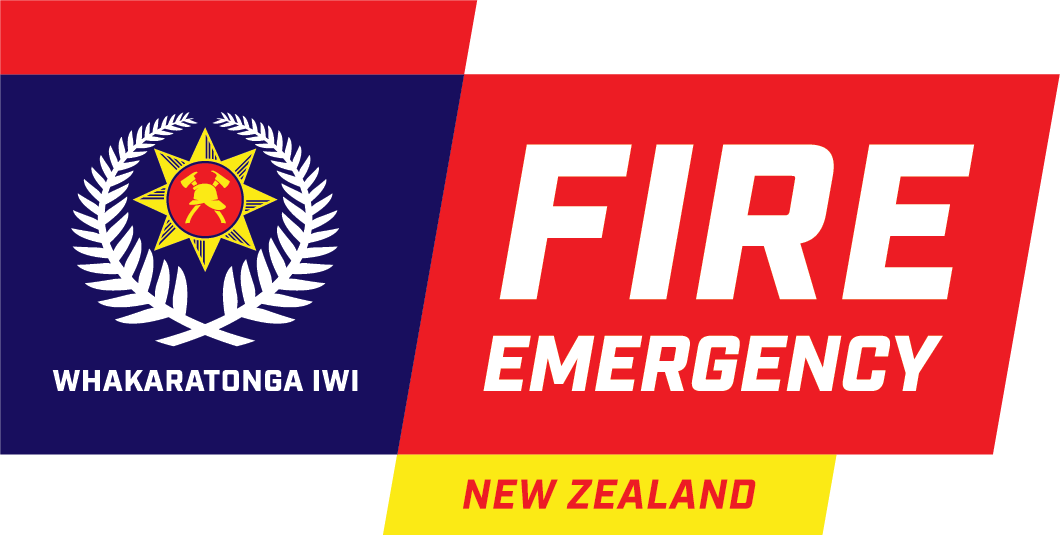Personal illumination for our firefighters
Update from Russell Wood, DCE, Organisational Capability and Strategic Development
The issue of ‘helmet torches’ for Fire and Emergency operational personnel arose in 2017 at the UFBA conference and has been raised periodically since. Several individual brigades have issued torches to their members, either funded by Fire and Emergency or by contributions from their communities.
In 2020, the UFBA undertook a member survey on the issue of personal torches to which more than 700 members responded. Most respondents indicated that they believed a personal torch would make their work safer and easier. The survey question asked specifically about helmet torches. However, the survey report stated it was clear from the responses that many members would prefer a pocket (bunker style) torch. Respondents saw value in agreeing a set of criteria by which to trial and test a range of torches.
Concurrently, in July 2020 I raised the issue with the Equipment and Logistics team (E&L). I asked them to consider options to provide a riding position (on an appliance) or personally issued torch to operational staff, and the scalable options to achieve the effect (or capability) of ‘providing personal illumination at an incident response’.
The E&L team consulted with several internal and external stakeholders who again were split in their opinion as to whether helmet mounted torches or bunker style torches were best. Bunker style torches seemed to be preferred (by a small margin) over helmet mounted torches because:
- they tend to have longer endurance
- they do not unbalance the helmet which causes stress to a firefighter’s neck and shoulders
- they do not snag obstacles and in doing so twist the head (twisting) when operating in confined spaces
- they do not risk loss of night vision when, on being called or hailed, a torch mounted helmet wearer can blind the caller as the wearer turns their head to answer the call. This loss of vision could also apply to a ‘patient’ being worked on by a firefighter with a helmet mounted torch.
The Chief Executive and Executive Leadership Team (ELT) recently requested that Equipment & Logistics, together with Service Delivery Response Capability, consider to what extent and in what form our personal firefighter illumination capability (FIC) might look like.
This could potentially be as an improvement to our overall incident ground illumination capability which currently is restricted to area illumination. The FIC is likely to require hands-free operation and would need to provide ‘detailed’ or ‘close’ illumination to improve (but not replace) the ‘area’ incident ground illumination capability we already have in service.
The E&L team has now developed more detailed advice. The team will proceed with the development of a business case and a capability requirement. This will be in the form of generic specifications on the characteristics the firefighter illumination capability must/should have.
The Point of Contact is Charlie Lott, National Manager, Equipment and Logistics, Charlie.lott@fireandemergency.nz
